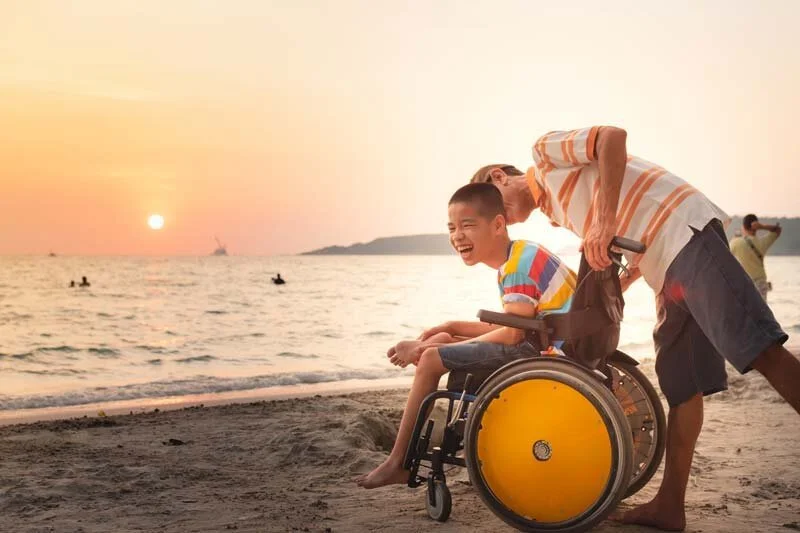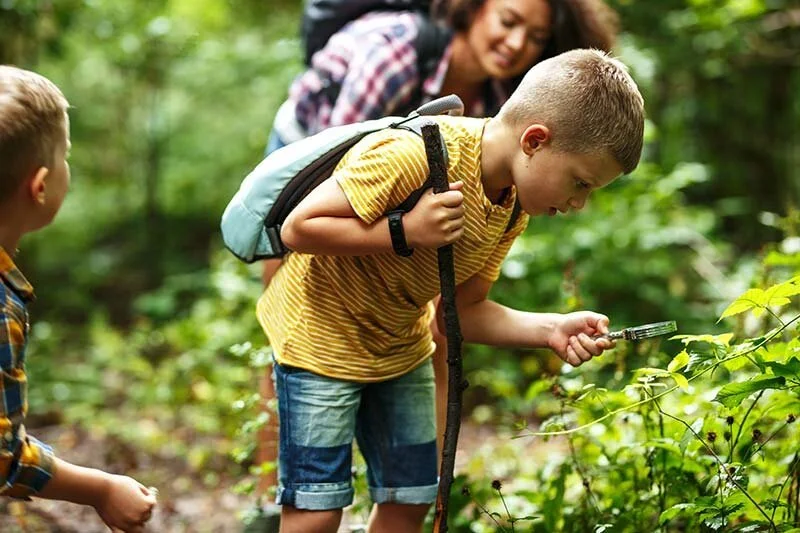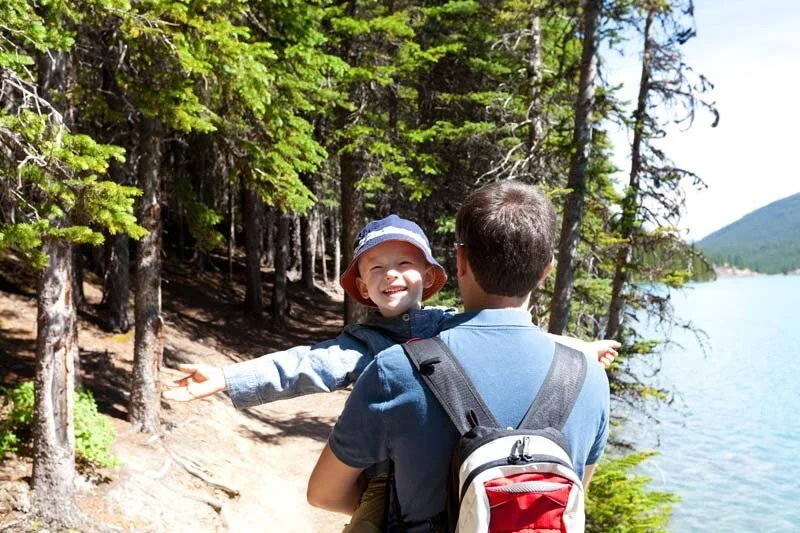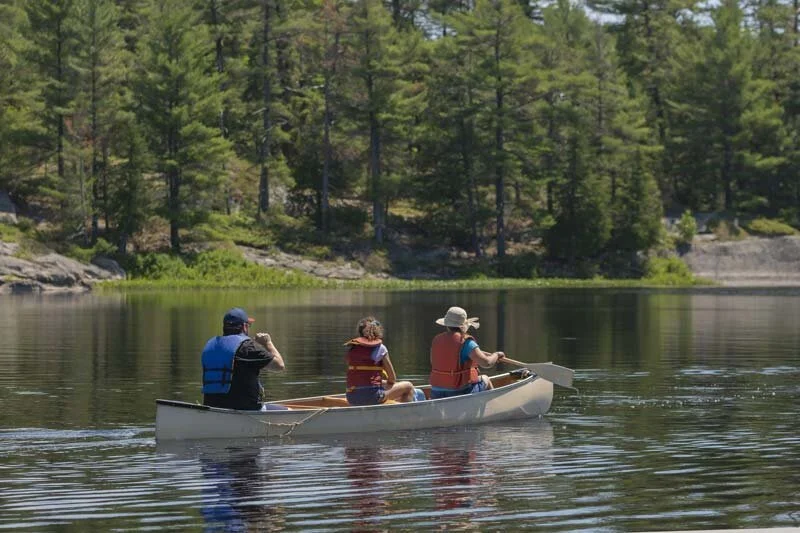STRATEGIES FOR GETTING YOUR KIDS ACTIVE
By Coach Bailey
Approximate Reading Time: 5-7min
Close your eyes and think back to when you were with your friend learning how to do a cartwheel. A completely new movement to you. You flung your body with excitement and maybe a little uncertainty trying to replicate your friend’s motion. Or think back to when you learned how to throw a football, tried a new dance move, or jumped over a log. These movements may have sparked curiosity into these activities or into others that have shaped your identity or passions growing up.
Our society today is generally built to be sedentary. Children sit at their desk at school, to do their homework, and on the couch engaging in screen time to relax. Chances are, they are looking up to adults doing similar inactivity. Children and adolescents spend an average of 6 and 8 hours per day, respectively, in sedentary behaviours, both during and outside of school.[1]
The way society is structured, it’s very easy to fall into these patterns of inactivity and to be sedentary for the majority of the day. Less than 1 in 5 children and youth in Canada meet national guidelines for physical activity, sedentary and sleep behaviours.[2] Developing this way of sedentarism from a young age promotes these low-activity habits into adulthood. But it’s not too late, because we have the opportunity to move out of these ruts in this sedentary society. With some awareness, and curiosity, we can change our current habits to evolve into healthy habits. As humans, we have the opportunity to adapt to these active patterns later in life, however, there is such a huge opportunity to develop these healthy habits deeply as a child so they become a part of their lifestyle as they grow up.[3]
WHY IS MOVEMENT THE ANSWER?
Children need at least 60 minutes of moderate to vigorous physical activity per day including a mix of aerobic activity and three sessions of muscle and bone strengthening per week.[4]
Benefits of moving everyday:
Establishes routines as a child that carry forward into adulthood
Builds strong muscles, bones, and cardiovascular system
Strengthens connection to body, mind, emotional being, others, and environment
Improves focus, school performance, sleep, and energy
Broadens motor skills (hand-eye coordination, stronger attention skills)
A facet of improving mental health! An increase in endorphins with exercise can improve mood
Develops confidence and self-esteem
Builds curiosity, knowledge and fun!
There are a few spheres where physical activity opportunities lie for children: school, home, and community. We’re going to look at how parents can optimize the spheres we are most connected with: home and community.
Let’s explore a few strategies for getting your kids more active. These are not a one size fits all, but I challenge you to be curious and inspired to find what works for you and your family.
BUILD ACTIVITY INTO YOUR FAMILY ROUTINE
The best way to move is to move together! Lead by example with your movement practices and invite your kids along for the ride! Parents’ physical activity is associated with that of their children, with each additional 20 minutes of parental moderate-to-vigorous physical activity associated with an extra 5 minutes for their child.[3] Incorporate more movement at home and feel more connected as a family.
Explore the following ideas:
Create an adventure checklist together for the upcoming season and put it on your fridge
Look for swim spots, hikes, places in your neighbourhood and beyond
Use movement as your transportation! Swap the car out for biking, walking, rollerblading, or any active mode at least once or twice a week. Save money and reduce emissions while you’re at it
Turn some music on and have a dance party as you garden or clean the house together
Have a daily post-dinner family activity. Start with 15 minutes per day to integrate the habit
Walk, throw a frisbee/ball, or give the opportunity for your child to choose a park to go to or lead the way for a walk
For children who aren’t currently active, start small, and work up to higher frequency, intensity, and duration [3]
Go beyond movement and make a family screen plan: keep phones/electronics outside of the bedroom, limit screens for children to two hours per day and avoid screens one hour before bed. This will allow for a more restful sleep, energy, and time to move!
Accountability is key. You may find that you’ll inspire each other to be active! Make family time, and moving time.
CREATE OPPORTUNITIES FOR PHYSICAL LITERACY SO CHILDREN FEEL AT HOME IN THEIR BODY
Develop the building blocks of physical literacy when they are younger to empower them with autonomy over their body. What is physical literacy? It’s the motivation and curiosity to lead you to physical competence that gives way to confidence. The body you have is with you for life. Giving kids the opportunity to understand their body at a young age empowers them to have autonomy over themselves and strengthen their mind-body connection.
Sign your child up for sports or activities that they are interested in
Try out different activities so they can explore where their passions lie
Restore Human coaches love to move with kids! Revisiting the guidelines of participating in three muscle and bone strength training sessions per week, Restore Human is a great foundation to learn and practice strength training, develop proprioception, and physical literacy to implement these practices early on in life and outdoors in a safe environment
The best gifts are movement. Offer space for active options at home so screens aren’t the default
NATURE IS FREE, AND FREEING!
Nature provides what you need. Move to connect. Nature supports us to connect with ourselves, each other, and our earth. As an Outdoor Educator, I hardly bring any materials into the forest while instructing. Nature plays into our intrinsic needs, gives space for creativity and is our best guide.
Explore a nearby green space
Pick a random spot on the map to explore, do some research and find a hike suitable for your family in that area
Explore areas by climbing trees, walking on and jumping over logs. Manage risk as needed
Get creative: Ask your child to create an obstacle course in the woods or nearby park, create a game with whatever non-living natural materials are around you, find or make a geocache, make a nature fort or look up nature games to play. Remember to leave the place as you found it, or better!
If you put some of these movement ideas into practice, you’ll find that your connection with your children and your environment will grow.
LET YOUR KIDS BE THE LEADERS
Kids are smart and innovative. Many kids feel empowered when they learn something new that they can pass along to their peers or family. Movement is an amazing way to tap into this confidence. It gives another avenue for them to interact and connect with their world and themselves beyond words.
LET’S PUT THESE IDEAS INTO ACTION
While exploring these options, be specific and accountable. Ask yourself how, where, and when to attain these goals!
Start with bite-sized goals to help implement consistency with your kids: bike instead of drive once per week, go for a nightly family walk after dinner, or book an intro session to start with Restore Human. After this, you can start building up the routine to bigger ideas.
To integrate the practice of moving every day, getting outside into nature, and building it into family time adventures, Restore Human is a great place to start.
At Restore Human, we love supporting kids build:
Grace through learning proprioception and control of their body
Resilience through exploration, practice, and persistence with movements
Strength in the mind, muscles, bones, and heart
Goal setting skills together that gets kids inspired and excited to move outdoors
Increasing children’s engagement with themselves, family, peers, and their environment allows space to improve cognitive function, mood, and confidence. If we can push past the barriers of sedentary convenience and look to more active options, it can be life changing. Let’s help kids feel at home in their body.
By Coach Bailey
Kinesiologist/Coach Bailey has taught youth at Soaring Eagle Nature School, worked as a Personal Support Worker, Nature Director, and led youth wilderness expeditions.






